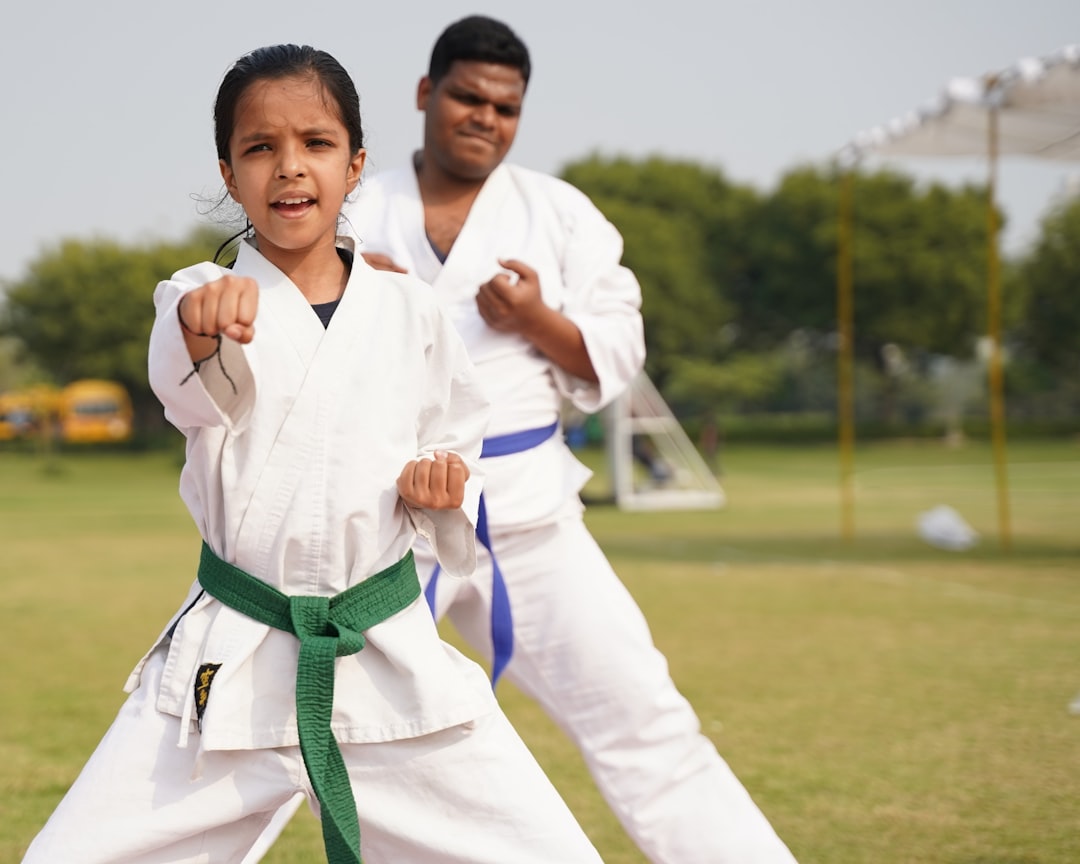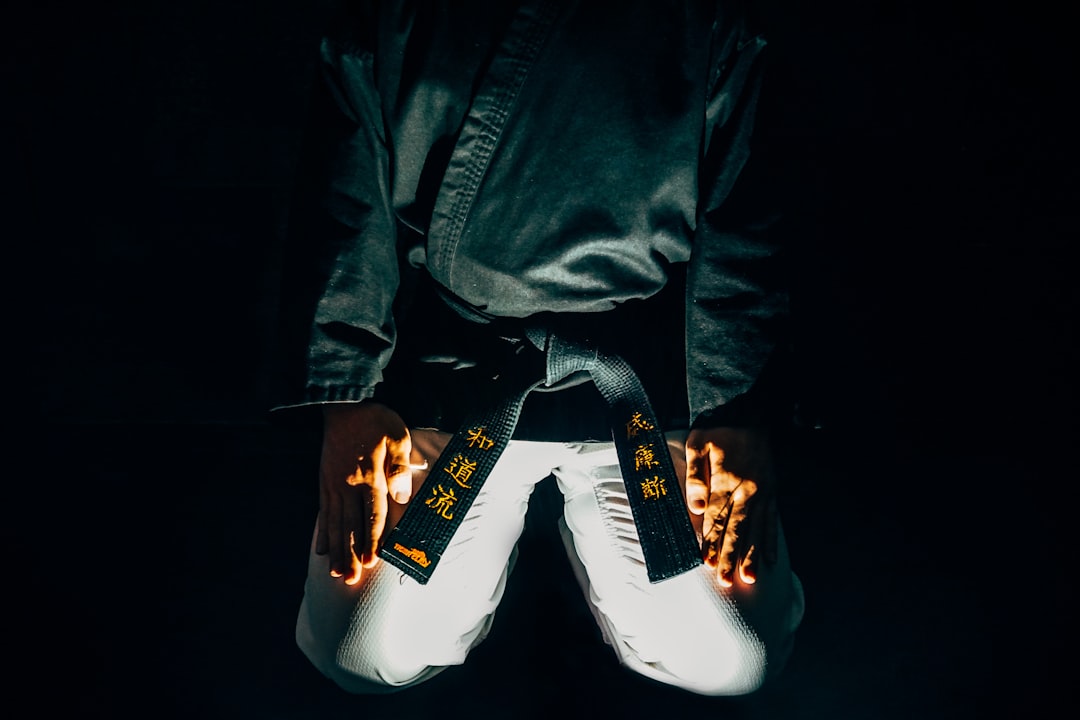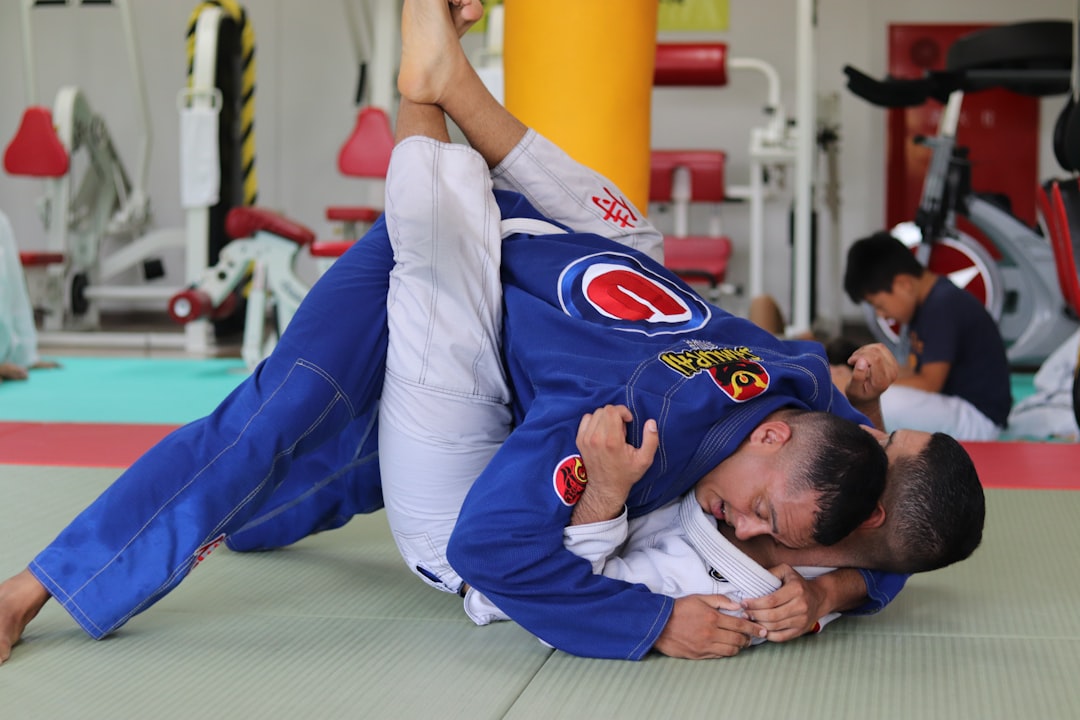The traditional karate gi is more than just a uniform; it's a cultural and functional symbol deeply rooted in Okinawan heritage and essential for practitioners to demonstrate their skill and progress. The gi's design is intentional, facilitating movement while allowing for visibility of rank through belts and patches. Its evolution from farm attire to the standardized white gi seen globally reflects karate's transformation. Choosing a karate gi involves considering fit, comfort, and durability, with high-quality cotton or a blend being ideal for performance. Proper maintenance, including gentle washing and air drying, ensures longevity. Beyond personal use, donating karate equipment is a significant way to support newcomers, sustain the tradition, and strengthen martial arts communities worldwide, making it an act that upholds the values of respect, discipline, and inclusivity within the sport.
Explore the essence of a karate uniform, commonly known as a gi, beyond its functional design. This article delves into the traditional attire’s significance in martial arts practice, tracing its evolution from ancient origins to contemporary adaptations. Discover the hallmarks of a standard karate gi and learn how to select and maintain this essential piece of equipment. Additionally, find out how you can contribute to the martial arts community by donating your used karate gear, ensuring it continues to empower new generations of practitioners. Join us as we honor the tradition and spirit of karate through its quintessential uniform.
- Understanding the Significance of a Karate Uniform: More Than Just a Gi
- The Evolution of Karate Gis: Tradition Meets Modernity
- Key Features of a Standard Karate Uniform: What to Look For
- Tips for Selecting and Maintaining Your Karate Gi
- How to Donate Karate Equipment: Ensuring Your Used Uniform Finds a New Purpose
Understanding the Significance of a Karate Uniform: More Than Just a Gi

When one thinks of karate, the image that often comes to mind is a practitioner dressed in a traditional white uniform known as a ‘gi’. But understanding the significance of this garment goes beyond its visual representation. A karate gi is a symbolic attire that represents equality and discipline among practitioners. It is designed to facilitate freedom of movement for various techniques while also providing a canvas for belts and patches that signify a martial artist’s rank and achievements. The gi is not merely a uniform; it’s a uniform in the true sense, unifying individuals under the principles of discipline, respect, and perseverance that karate embodies.
Beyond its functional role, the karate gi holds cultural significance and is a nod to the traditional Okinawan farming attire from which it originated. It’s also an opportunity for practitioners to demonstrate commitment to their craft. In this context, initiatives like donating karate equipment to those in need ensure that the tradition continues and that the values of karate are accessible to all. Does every element of a karate gi serve a specific purpose? Absolutely; from the jacket, which allows for full range of motion during practice, to the trousers, which are tailored for flexibility, each part is meticulously designed. Furthermore, by donating karate equipment, we not only uphold the tradition but also contribute to the growth and development of martial arts communities worldwide. How can one’s attire in karate reflect the dedication and discipline inherent to the practice? Through the intentional design and usage of a gi, which is more than just a garment—it’s a testament to the martial artist’s journey.
The Evolution of Karate Gis: Tradition Meets Modernity

Karate gis, also known as karate uniforms, have a rich history that mirrors the evolution and spread of the martial art itself. Originally, practitioners wore simple garments suitable for the discipline’s rigorous training demands. Over time, these garments evolved into the standardized white gi we recognize today. This transformation was influenced by various factors including cultural exchange, practicality in movement, and the need for a uniform appearance during competitions. Incorporating elements from traditional Japanese judo attire, the modern karate gi serves both functional and symbolic purposes. It is designed to facilitate ease of motion while also signifying the wearer’s commitment to the martial art. Today, as the practice of karate continues to grow globally, the gi remains an integral part of the tradition, blending respect for its origins with contemporary adaptations to meet the needs of modern practitioners.
The evolution of the karate gi is not just a story of changing fabrics and design; it’s also about the preservation and adaptation of cultural practices. As karate has become more mainstream, the gi has seen various iterations that cater to different climates, body types, and training environments. With this shift, there’s an opportunity for martial artists around the world to contribute to the tradition by donating their used karate equipment to those in need. Do you wonder how your old gi can make a difference? Your contribution can help new practitioners begin their journey in karate, ensuring that the tradition of respect and discipline continues to thrive. Organizations and dojos often accept donations of gently used karate gis, which they then distribute to aspiring martial artists who might not have the resources to obtain their own uniforms. This act of giving back not only helps individuals but also reinforces the bond within the karate community, bridging the gap between tradition and modernity in a meaningful way.
Key Features of a Standard Karate Uniform: What to Look For

When selecting a karate uniform, also known as a gi, there are several key features to consider to ensure that it adheres to the traditional practices of martial arts while providing comfort and durability for the practitioner. A standard karate uniform typically includes a jacket, pants, a belt indicating rank, and sometimes a headband. The jacket, or ‘uyede’, should be made of a heavy cotton fabric, which is both breathable and robust enough to withstand the rigors of training. It’s important to look for a jacket that allows for a full range of motion, enabling you to execute techniques without constraint. The pants, known as ‘hakama’ in some styles, are usually plain-waled trousers that provide flexibility and are secured by a drawstring for a snug fit. When it comes to the belt, or ‘obi’, it should be thick and sturdy, reflecting the wearer’s rank. Additionally, if you’re participating in competitions or regular practice, the uniform must comply with the specifications set forth by your dojo or governing body.
In terms of sizing, it’s crucial to find a uniform that fits well without being overly tight or baggy. The jacket should reach just below the hips, and the pants should fit comfortably around the waist and thighs. If you’re unsure about the sizing, consulting with a sensei or experienced practitioner can be beneficial. Moreover, considering the durability of the uniform is essential, as frequent use will lead to wear and tear. High-quality materials will ensure that your gi lasts longer, potentially saving you from having to replace it frequently. If you’re looking to donate karate equipment after you’ve outgrown or retired your uniform, choose items made from durable materials so they can be used by others for an extended period. Remember, a well-maintained and fitting karate uniform is a sign of respect for the discipline and your fellow practitioners.
Tips for Selecting and Maintaining Your Karate Gi

When selecting a karate uniform, commonly referred to as a gi, it’s important to consider the material and fit for optimal performance and comfort. A high-quality cotton or a blend of polyester and cotton are popular choices due to their durability and breathability. Ensure the gi’s weight aligns with the recommendations of your dojo or instructor, as the heavier weaves are suitable for colder climates, while lighter ones are more breathable for warmer conditions. When trying on a gi, it should not be overly tight or baggy; it should allow for a full range of motion without being restrictive. After purchasing your gi, proper maintenance is key to keeping it in good condition. Wash your gi after every intense training session to remove perspiration and odors, which can damage the fabric over time. Use only mild detergent and avoid fabric softeners that might interfere with the uniform’s texture and grip. Can you wash a karate gi with regular laundry detergent? Yes, a mild, non-bleach laundry detergent is sufficient for cleaning your gi. Additionally, always air dry your gi to prevent shrinking or damage to the fabric, as opposed to machine drying. Regularly inspect your gi for any tears or wear and consider donating karate equipment if it’s beyond repair or no longer needed. This not only keeps your practice space tidy but also supports those in the karate community who may require a gi but cannot afford one. Does air drying preserve the integrity of a karate gi? Absolutely, air drying helps maintain the shape and durability of your gi, ensuring it lasts as long as possible.
How to Donate Karate Equipment: Ensuring Your Used Uniform Finds a New Purpose

If you have a used karate uniform or other equipment that you no longer need, consider donating it to extend its life and support the martial arts community. Donating your karate gear can be a rewarding way to give back, but it’s important to ensure that your equipment is in good condition and clean before passing it on. When your uniform has seen better days and can no longer be worn in practice or competition, it doesn’t have to end up as waste. Instead, you can reach out to local dojos or martial arts schools to see if they accept donations of used karate uniforms and equipment. Do they accept second-hand gear? Yes, many dojos will gladly take your used uniform if it’s still in a wearable state. This not only helps a student who may be starting out and needs the basics but also promotes sustainability within the sport.
Before donating, inspect your uniform for any tears, stains, or excessive wear that might hinder a new practitioner’s training. If the uniform is in good shape, properly clean it to remove any odors or soils. Once you’ve confirmed the uniform is suitable for reuse, contact organizations that collect and distribute karate equipment to martial arts enthusiasts in need. Can your donation make a difference? Absolutely, as every piece of equipment contributes to the accessibility of martial arts training for individuals who might not otherwise have the means to participate. Your generosity can help keep the spirit of karate alive and thriving for the next generation.
In wrapping up our exploration of the karate uniform, known as a gi, it’s clear that this simple garment is steeped in tradition and significance within the martial arts community. From its origins to its modern iterations, the evolution of the karate gi reflects the discipline’s growth and adaptation over time. A standard karate uniform serves as a uniform representation of the wearer’s commitment to the practice, offering both functional benefits for training and symbolic meaning for practitioners. For those who have outgrown or no longer need their gis, donating karate equipment provides an opportunity to ensure these items continue to support new students in their martial arts journey. This act of giving back not only supports individuals within the karate community but also preserves the tradition and respect associated with the practice. Whether you’re a seasoned practitioner or a novice, understanding the importance of your gi extends beyond the mat, fostering a deeper connection to the art of karate and its values.
